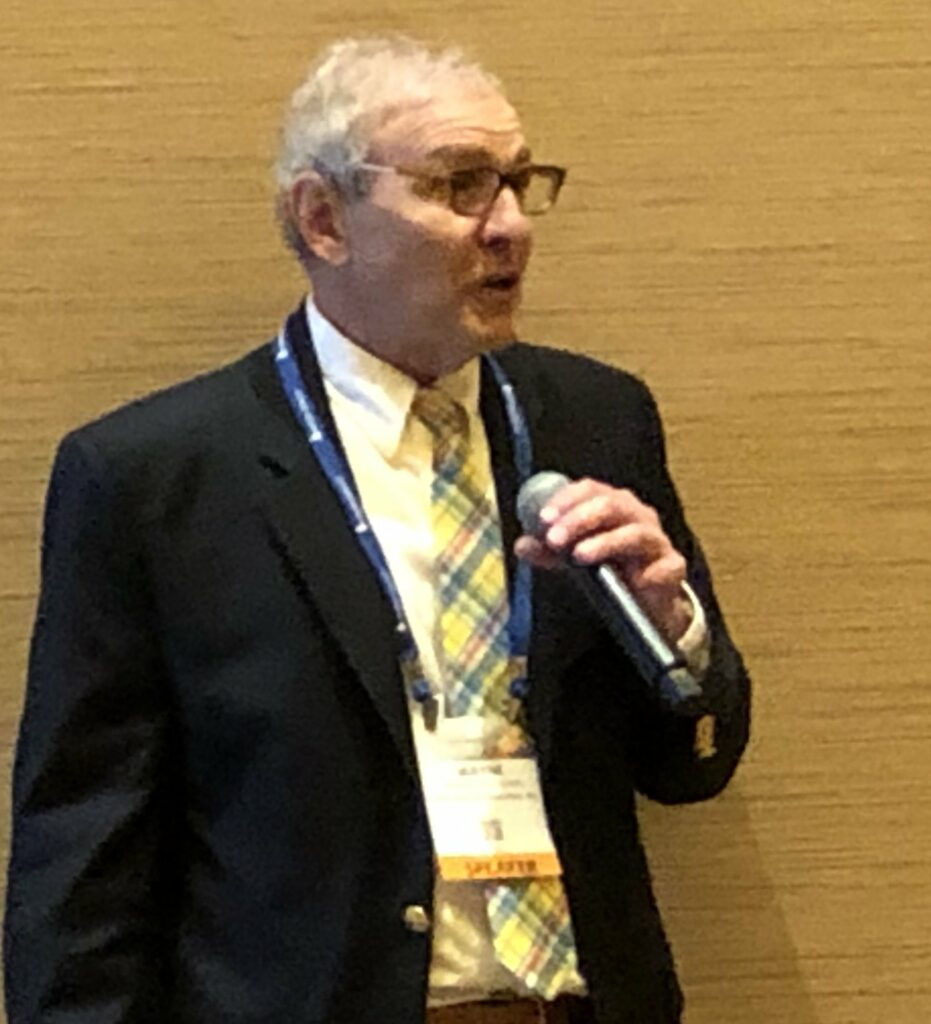SURFSIDE, FL – The recent partial collapse of a 12-story beachfront condominium has engineers speculating and experts pondering the legal and regulatory ramifications. Acknowledging the tragic loss of life, Wayne H. Kalayjian, PE, SE, CFE, director at Secretariat International, El Segundo, Calif., recently sat down with Construction Super Conference (CSC) Third Thursday to talk about the disaster.
As a CSC speaker in December 2019, Kalayjian presented Dancing With Disaster: Great Construction Catastrophes and How They Shaped the Law where he gave a brief history of the worst construction-related disasters, as well as miscalculations that eventually became iconic. The Surfside condo collapse may ultimately be compared to disasters such as the 1911 Triangle Shirtwaist Factory Fire in New York that permanently shaped building codes and regulations.
Impacts of disaster on construction law and public policy usually include:
• implicit contract between construction professionals and society;
• criminal liability for contractors and design professionals;
• professional licensing and trade certification requirements;
• increasingly sophisticated and specialized building codes;
• product liability for material and equipment suppliers;
• governmental oversight, regulation, and standards; and
• formation of urban search and rescue efforts.

CSC: How would you rank the Surfside collapse in the pantheon of construction disasters?
Kalayjian: It’s not the worst, but it’s very dramatic. I’m 62 years old, and it’s the most dramatic in my lifetime other than the World Trade Center. There was a disaster in 1980—the Hiatt in Kansas City [Hyatt Regency walkway in 1981 killed 114 people and injured 216]. It had been in operation for about a year and had a bunch of hanging skyways, and a very open lobby area, and during a dance these ramps became overloaded. They were not properly designed, and they collapsed. It was a huge disaster with tremendous loss of life. That was the worst in my lifetime.
Certainly this condo disaster is in the top 10 to 15 that I know of, and maybe a little higher for those in my lifetime. That’s also evidence of how our building codes have improved. The fact that I’m struggling to give you 10 others off the top of my head is a good example of how seriously we take these disasters when they happen. We always do a really good job of getting to the heart of the matter, figuring out what happened, and if it’s a building code-related issue, or it’s an issue about understanding earthquakes better, or design, or construction—we implement those. We act on that very quickly. There will be lessons here to learn. We will figure it out, and we will improve the building code.
CSC: What have you been hearing about the Surfside Collapse?
Kalayjian: A Florida state judge recently appointed a law firm to take over the condo’s board. It’s a good idea to have an independent legal entity come in and try to restore order in the chaos. The board itself is made up of condo owners, and they may not have the kind of expertise to deal with this kind of tragedy. I’m going to try to reach out to this attorney and we’ll see where that goes. There are still more than 120 people missing, and the collapse destroyed 55 of the 136 units. The building is a total loss and 40% of the units are gone. The remaining owners can’t use the building. Those people need to be housed and there are insurance issues. It’s a mess.
CSC: What the latest on how and why this happened?
Kalayjian: There’s a bunch of theories about why this happened. Some are asking geologists and oceanographers. These guys are waxing poetic about climate change. It’s a convenient way for them to put together a wish list of how we’re damaging the environment by building in fragile coastline areas. If that were true then every building like this would have failed. It’s not factual.
There seems to be indication that there was a sinkhole or a depression in the earth, which this part of Florida is known for. That caused over-stress of columns in the area, and the columns settled or failed because their support disappeared. The columns failed, which put undue stress on the beams and columns around them, and the floor slabs around them. They pulled away from the rest of the building, which caused the slabs to give way progressively, and as a result the slabs just came down and pancaked. By the time the slabs all pancaked, the other end of the slabs would have pulled away.
The reason why I think the building separated the way it did is there was a construction joint at the location where there was a clean break between one rectangle of the building and the other rectangle. I do see evidence that the portion of the building that pancaked was trying to claw into the remaining part that had integrity, and as it pancaked the slab ripped it’s way off the wall of the portion of the building that was still standing. That’s consistent with what you’d expect to see with progressive failure. This is a hunch based on my experience with these kinds of structures. It makes sense for the building to fail this way.
CSC: Does this come down to human error?
Kalayjian: They are saying slipshod inspections and construction defects, and that might be true—but it might not. The other theory is the building wasn’t properly maintained. That might be true. Water seepage from a swimming pool might have damaged the structure. That’s all possible. There are plenty of buildings that aren’t properly maintained either. This is not the first building that may have not been completely maintained. They don’t all fail this way, so it’s kind of a rush to judgement.
CSC: What will likely be the legal fallout of the Surfside disaster?
Kalayjian: There will be no shortage of legal action. First thing is the homeowners; There will be wrongful death suits. Those will be against the condo association, against the engineer of record, the contractors—if they still exist, the city that issued permits—any entity that had any involvement with the building’s design, construction, and maintenance will be part of it.
For those families who weren’t injured or killed, legal actions will cover pain and suffering, loss of property value, relocation expenses. I see all kinds of criminal and civil lawsuits. Then there will be the local community. There might be loss of business, loss of real estate value, and those people will sue the same entities because they’ve been harmed. No one is going to do business in that area because of the uncertainty. That neighborhood will be stigmatized.
Then the engineer, the architect, the contractors—assuming that they’re still in business—will start pointing fingers at each other to redirect accusations at others. They’ll address the criminal cases sooner, but the damages will be in the tens of millions if not hundreds of millions of dollars. It would be a litigation lawyer’s dream if it weren’t a tragedy.

CSC: What are the odds that building regulations may or may not be changed?
Kalayjian: I think they will be changed, because part of the building code is technical, but part of it is to regulate human behavior. It’s not that people are knowingly devious or underhanded, but human beings make mistakes. The building codes are actually a way of not just standardizing the way we do things, but they are also a way of putting brakes on and implementing factors of safety to overcome human behavior or human error. I wouldn’t be surprised, even if everything was done by the book, that at the very least, some factors of safety within an existing regulation are beefed up. Not to be incriminating, but just to recognize that in this case there was an error in judgement that may not have been intentional.
It’s all up to the insurance companies, where it will go first. Depending on who has the deep pockets is where this case is going to go. If it’s determined that the engineering company, and the construction company are big global, existing, vibrant companies, then the chances of this settling are very small because they have deep pockets. If it turns out that those engineering and construction companies no longer exist, there are no deep pockets there, so the next thing is to find some insurance company, but that will have limited coverage, so maybe we’ll go after the city, but good luck there. That’s a crap shoot going after a public entity, so they may settle. But it depends; If there are deep pockets, there’s no basis for settlement.
We’re not pointing the finger, but recognizing that errors in judgement happen, so how do we mitigate the possibility of an error in judgement without making it excessively onerous to build going forward? We might tweak something, just recognizing we’re not perfect, but maybe we can do a little bit better to prevent something like this in the future. In my experience, I would estimate that there is a high probability that there will be some changes to some regulations assuming that there wasn’t gross negligence involved. If there was gross negligence, and they can definitely pinpoint the problem, then that would change everything. You would definitely know what went wrong and how to fix it, and it would be very well defined.

